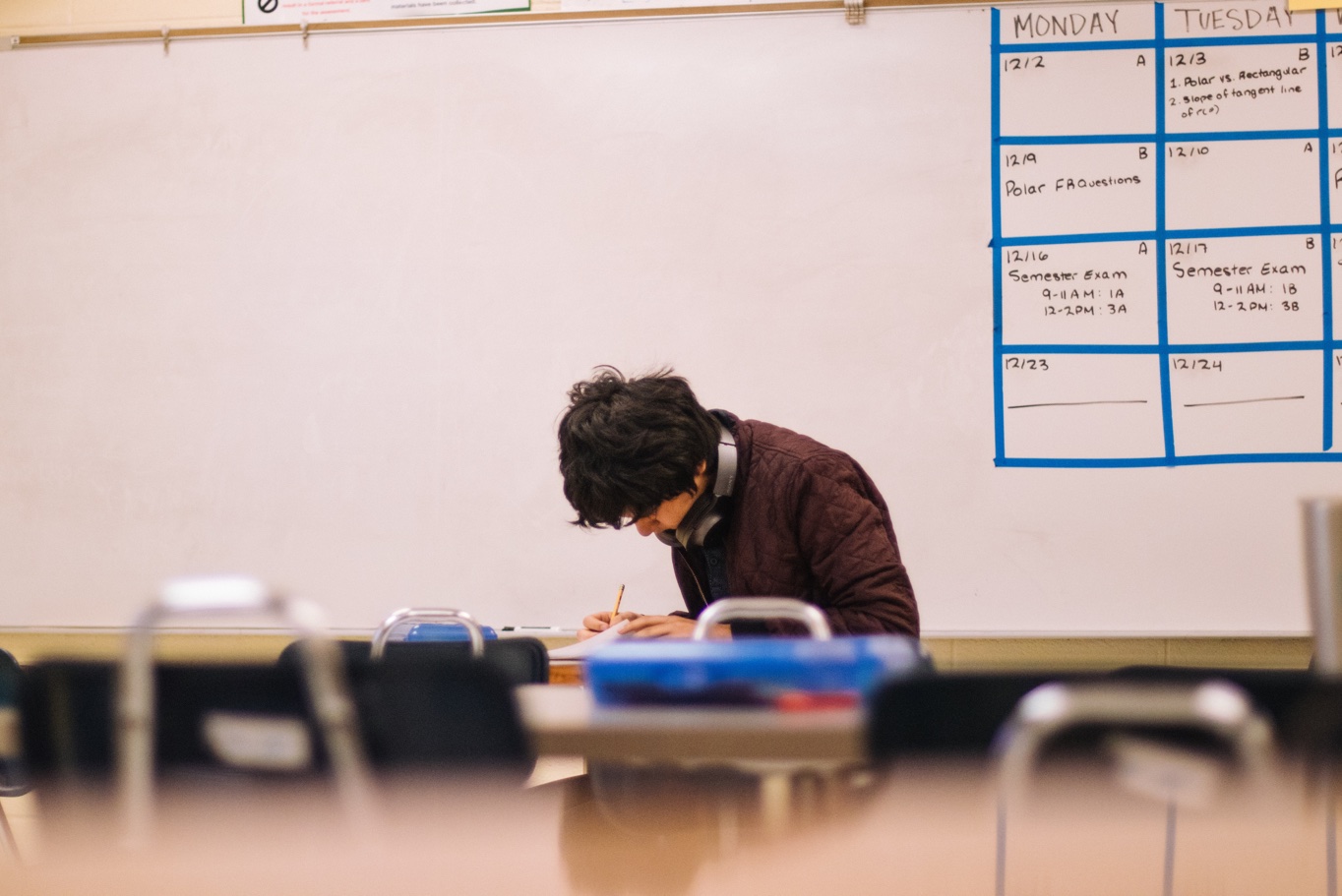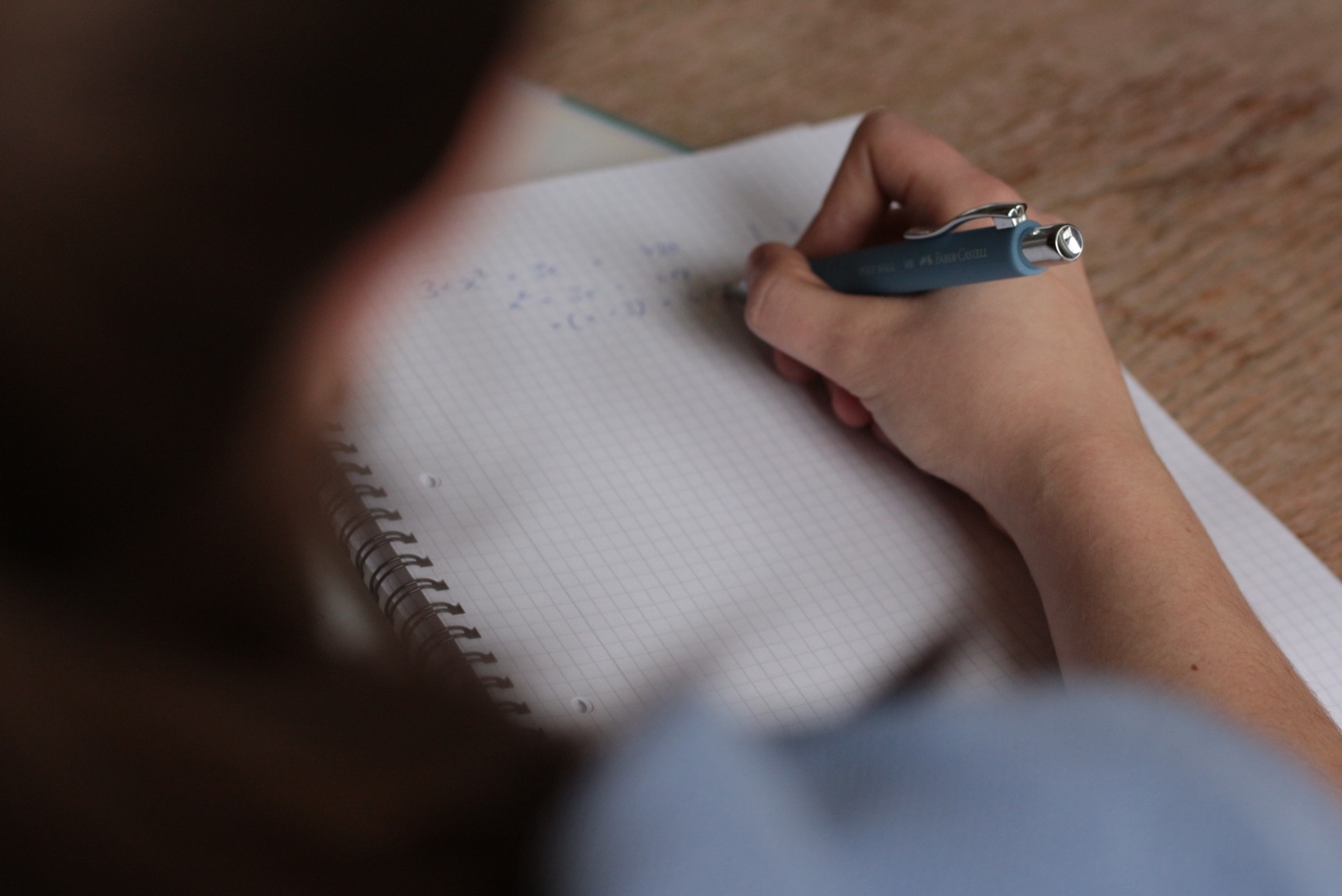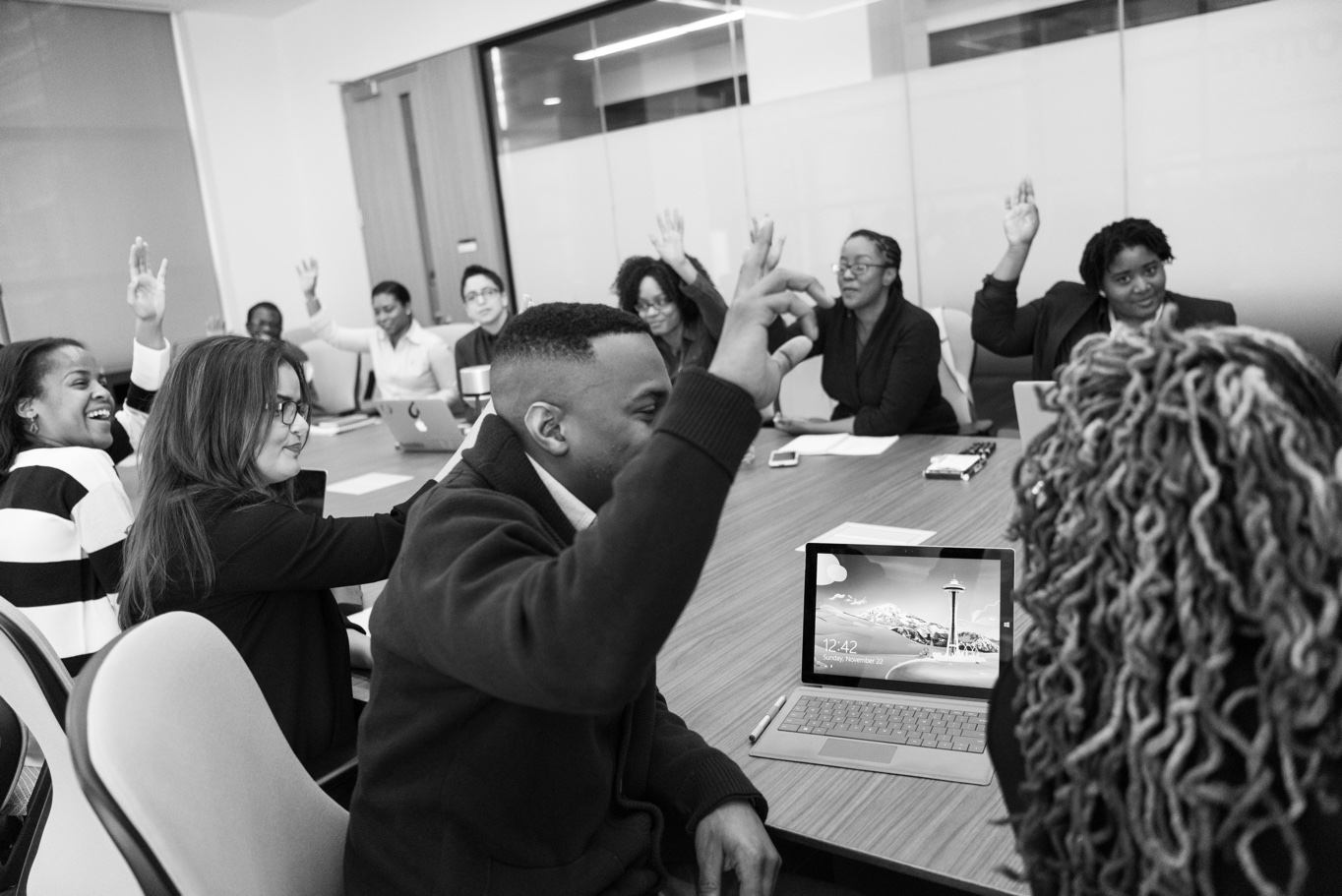Points of referral to meet the needs of learners
Abstract This article delves into the intricate process of identifying and addressing the diverse needs of students within educational institutions. Starting with the pivotal role of educators in recognising individual student needs — often first observed during the induction phase but necessitating continuous vigilance — the content underscores the importance of referrals when certain needs … Read more









